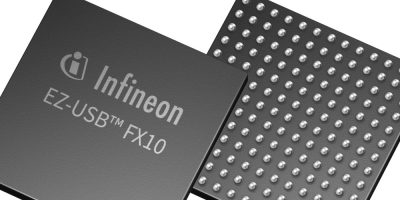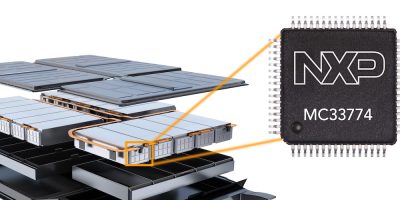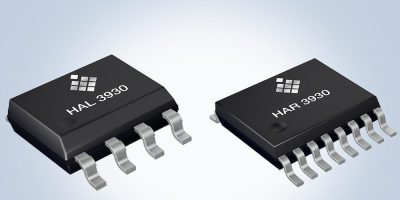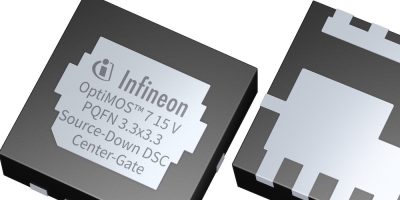The EZ-USB™ family of programmable USB peripheral controllers has continuously advanced features and performance, enabling developers to create USB devices that meet the highest performance requirements in AI, imaging, and emerging applications. Now, Infineon introduces the latest addition to the family: The EZ-USB FX10. The device offers fast connectivity with USB 10Gbps and LVDS interfaces, increasing the total bandwidth up to 3 times compared to its predecessor.
The EZ-USB FX10 is equipped with dual ARM® Cortex®-M4 and M0+ core CPUs, a 512 KB flash, a 128 KB SRAM, a 128 KB ROM, and seven serial communication blocks (SCBs). It also includes a cryptography accelerator and a high-bandwidth data subsystem. The high-bandwidth data subsystem enables direct memory access (DMA) data transfers between LVDS/LVCMOS and USB ports at speeds of up to 10 Gbps. Data transfer is supported by an additional 1 MB of SRAM for USB data buffering. The peripheral controller provides USB-C connector orientation detection and flip-mux functionality, eliminating the need for external logic. This comprehensive feature set makes the EZ-USB FX10 an ideal choice for developers looking for a powerful and adaptable USB controller.
The EZ-USB FX10 requires a smaller PCB footprint and thus helps to optimise the BOM. The 10 x 10 mm² BGA package makes it ideal for space-constrained applications. Additionally, it supports USB-C direct connection without a high-speed signal multiplexer, which simplifies the design process. The Quick Start Development Kit includes firmware and a configuration tool for easy integration. The EZ-USB FX10 DVK (development kit) also comes with a standard FPGA Mezzanine Card (FMC) connector for easy connection to field-programmable gate array (FPGA) boards and an all-in-one programming and debugging accessory board. The controller comes with a comprehensive set of application notes for hardware and software design, enabling developers to create high-performance devices for various applications.
The EZ-USB FX10 will be officially launched at the International Technical Exhibition on Image Technology and Equipment (ITE 2023) in Yokohama, Japan on 6 December.
Availability
The EZ-USB FX10 peripheral controller in a 10 x 10 mm² BGA package will be available in the fourth quarter of 2024. Engineering samples are available now.







